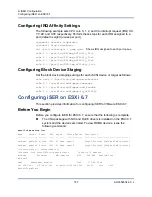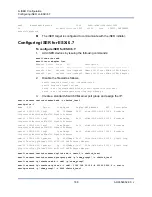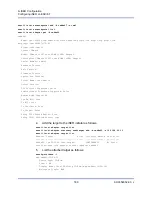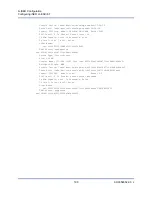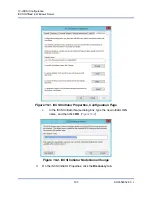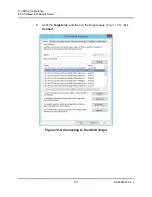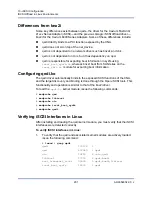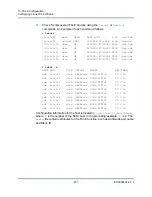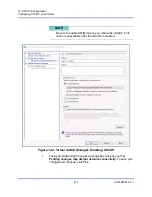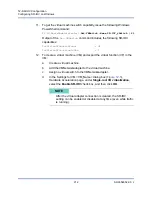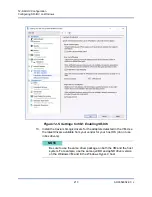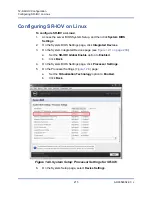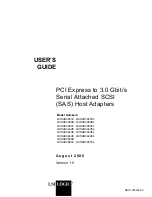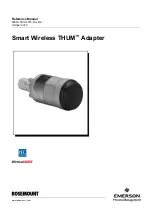
10–iSCSI Configuration
iSCSI Offload in Linux Environments
201
AH0054602-00 J
Differences from bnx2i
Some key differences exist between qedi—the driver for the Cavium FastLinQ
41
xxx
Series Adapter (iSCSI)—and the previous QLogic iSCSI offload driver—
bnx2i for the Cavium 8400 Series Adapters. Some of these differences include:
qedi directly binds to a PCI function exposed by the CNA.
qedi does not sit on top of the net_device.
qedi is not dependent on a network driver such as bnx2x and cnic.
qedi is not dependent on cnic, but it has dependency on qed.
qedi is responsible for exporting boot information in sysfs using
iscsi_boot_sysfs.ko
, whereas bnx2i boot from SAN relies on the
iscsi_ibft.ko
module for exporting boot information.
Configuring qedi.ko
The qedi driver automatically binds to the exposed iSCSI functions of the CNA,
and the target discovery and binding is done through the Open-iSCSI tools. This
functionality and operation is similar to that of the bnx2i driver.
To load the
qedi.ko
kernel module, issue the following commands:
#
modprobe qed
#
modprobe libiscsi
#
modprobe uio
#
modprobe iscsi_boot_sysfs
#
modprobe qedi
Verifying iSCSI Interfaces in Linux
After installing and loading the qedi kernel module, you must verify that the iSCSI
interfaces were detected correctly.
To verify iSCSI interfaces in Linux:
1.
To verify that the qedi and associated kernel modules are actively loaded,
issue the following command:
#
lsmod | grep qedi
qedi 114578 2
qed 697989 1 qedi
uio 19259 4 cnic,qedi
libiscsi 57233 2 qedi,bnx2i
scsi_transport_iscsi 99909 5 qedi,bnx2i,libiscsi
iscsi_boot_sysfs 16000 1 qedi

